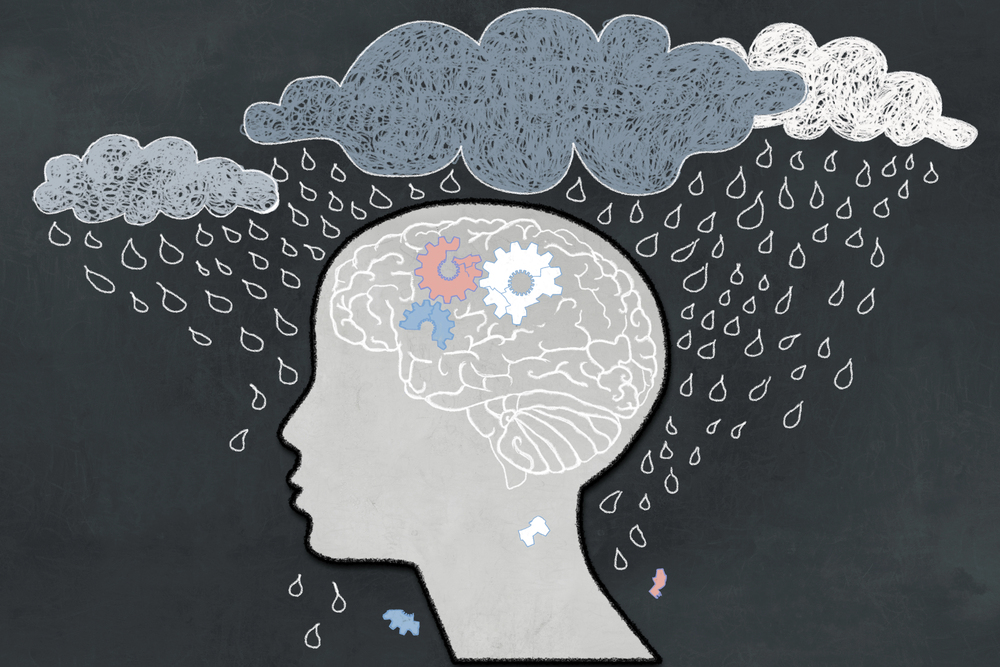Abstract
Cognitive Behavioral Therapy (CBT) remains one of the most extensively researched and widely implemented interventions for depression. This article outlines an experiential, session-based framework rooted in evidence-based practices. Using the 5-Area Model as a foundation, we present a structured, clinically applied, and client-centered approach that addresses cognitive distortions, behavioral avoidance, and the emotional and physical impact of depressive symptoms. Emphasis is placed on practical application, reflective integration, and behavioral activation strategies, grounded in the latest scientific literature. Each section draws on case examples and narrative immersion to support clinicians in implementing effective CBT techniques that promote change. This article covers the first three foundational weeks of CBT for depression and concludes with clinical implications and future directions.
Keywords
CBT, Depression, Behavioral Activation, Cognitive Restructuring, Thought Records, 5-Area Model, Evidence-Based Practice
Introduction
Depression is among the most prevalent and disabling mental health conditions worldwide, impacting approximately 280 million people globally (WHO, 2023). Cognitive Behavioral Therapy (CBT) is a first-line, evidence-based intervention that has consistently demonstrated efficacy in reducing depressive symptoms and preventing relapse (Cuijpers et al., 2013; DeRubeis et al., 2005). While CBT is theoretically structured and widely taught, many clinicians struggle with translating core concepts into experiential, relational work with clients. This article proposes a three-part, session-based approach to CBT for depression that is not only grounded in science but also highly practical, human-centered, and easily integrated into clinical practice.
Method and Framework
This framework is structured around three foundational sessions:
- Mapping depression using the 5-Area CBT Model
- Identifying and challenging automatic thoughts and cognitive distortions
- Re-engaging behaviorally through behavioral activation
Each session is rooted in Aaron Beck’s cognitive theory of depression (1979) and enriched by later developments in behavioral activation and process-based CBT.
Session-by-Session Application
Week 1: Mapping Depression Using the 5-Area Model
The first session introduces the 5-Area CBT Model as a visual and systemic way to understand the interplay of thoughts, emotions, physical symptoms, behaviors, and environmental triggers. Using a case vignette (Maria, age 29), clinicians guide clients in mapping their depressive cycle. Clients begin to externalize internal struggles, recognize the interconnectedness of their experience, and identify entry points for change.
Week 2: Automatic Thoughts and Cognitive Distortions
Building on the foundational map, this session helps clients identify negative automatic thoughts and link them to common cognitive distortions such as all-or-nothing thinking, catastrophizing, and emotional reasoning. The Thought Record is introduced as a self-monitoring tool. Clients learn to challenge distortions through Socratic questioning, shifting from judgment to curiosity and reappraisal.
Week 3: Behavioral Activation
This session introduces the concept of the avoidance-reinforcement cycle in depression. Clients begin behavioral activation through structured activity scheduling, guided by the Pleasure vs. Mastery rating scale. Case examples illustrate how even small behavioral shifts—like a five-minute walk or a supportive text—can interrupt depressive patterns and build momentum toward recovery.
Discussion
This experiential structure promotes agency, insight, and incremental change in clients living with depression. By layering cognitive and behavioral tools over a clear, session-based structure, clinicians can better support client engagement and treatment adherence. The use of narrative examples enhances learning and retention, while maintaining fidelity to empirically validated principles of CBT.
Conclusion
CBT for depression remains one of the most powerful tools in clinical mental health. When delivered experientially, with an emphasis on applied learning and relational safety, its effectiveness is amplified. The first three weeks of this model lay the groundwork for cognitive insight, behavioral momentum, and long-term transformation.
References
- Beck, A. T. (1979). Cognitive therapy of depression. Guilford Press.
- Cuijpers, P., Berking, M., Andersson, G., Quigley, L., Kleiboer, A., & Dobson, K. S. (2013). A meta-analysis of cognitive-behavioral therapy for adult depression, alone and in comparison with other treatments. Canadian Journal of Psychiatry, 58(7), 376–385.
- DeRubeis, R. J., Hollon, S. D., Amsterdam, J. D., Shelton, R. C., Young, P. R., Salomon, R. M., … & Gallop, R. (2005). Cognitive therapy vs medications in the treatment of moderate to severe depression. Archives of General Psychiatry, 62(4), 409–416.
- World Health Organization (2023). Depression. https://www.who.int/news-room/fact-sheets/detail/depression
Download the scholarly version of this article by clicking HERE

